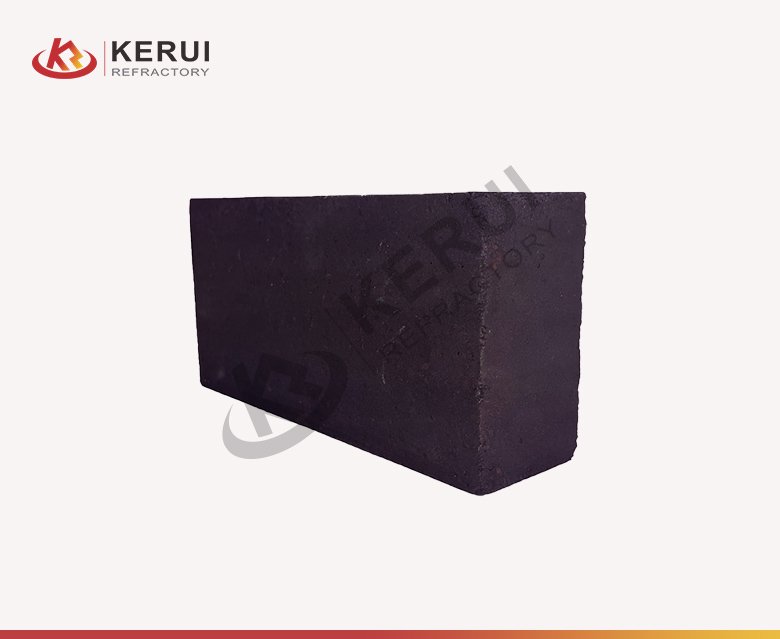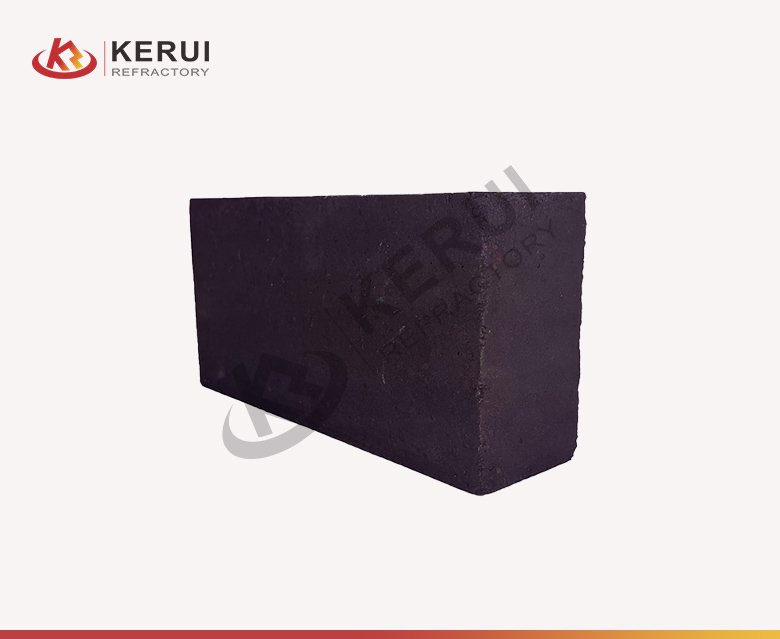Magnesia chrome bricks are a type of refractory brick widely used in high-temperature applications due to their excellent thermal and chemical resistance. These bricks are composed of magnesia and chrome oxide, which impart unique properties that make them suitable for various industrial processes. In this article, we will explore the key features of magnesia chrome bricks and understand why they are a preferred choice in industries such as steelmaking, non-ferrous metallurgy, and cement production.

High Temperature Resistance
One of the prominent features of magnesia chrome bricks is their exceptional resistance to high temperatures. These bricks can withstand temperatures of up to 1800 degrees Celsius (3272 degrees Fahrenheit) without undergoing significant structural changes. The combination of magnesia and chrome oxide in the brick composition ensures stability and durability even in extreme heat conditions, making them ideal for applications in industries that operate at elevated temperatures.
Excellent Corrosion Resistance
Magnesia chrome bricks exhibit excellent resistance to chemical corrosion, particularly from basic and acidic slag. The high content of chrome oxide in the brick composition provides a protective layer against chemical attack, ensuring the longevity of the refractory lining. This feature makes magnesia chrome bricks suitable for use in environments where contact with molten metals, slags, and other corrosive substances is prevalent, such as steelmaking furnaces and non-ferrous metallurgical processes.

Good Thermal Conductivity
Another notable feature of magnesia chrome bricks is their good thermal conductivity. These bricks efficiently transfer heat, allowing for uniform temperature distribution within the refractory lining. This property is crucial in industries where precise temperature control is essential for optimal process performance. The ability of magnesia chrome bricks to conduct heat effectively contributes to improved energy efficiency and reduced thermal stress on the refractory lining.
Mechanical Strength and Erosion Resistance
Magnesia chrome bricks possess excellent mechanical strength, which makes them highly resistant to mechanical wear and erosion. This property is particularly important in industries such as cement production, where the refractory lining is subjected to constant abrasion from raw materials and hot gases. The combination of magnesia and chrome oxide in the brick composition enhances its resistance to erosion, ensuring a longer service life and reduced maintenance requirements.

Thermal Shock Resistance
Magnesia chrome bricks exhibit good thermal shock resistance, allowing them to withstand rapid temperature changes without cracking or spalling. This feature is crucial in applications where the refractory lining is exposed to thermal cycling, such as in steelmaking ladles and glass manufacturing furnaces. The ability of magnesia chrome bricks to handle thermal shocks ensures the integrity of the refractory lining and minimizes downtime for repairs and replacements.

Conclusion
Magnesia chrome bricks offer a range of features that make them highly desirable in high-temperature industrial applications. Their exceptional resistance to high temperatures, corrosion, and thermal shock, along with good thermal conductivity and mechanical strength, make them suitable for use in industries such as steelmaking, non-ferrous metallurgy, and cement production. The unique combination of magnesia and chrome oxide in the brick composition contributes to their outstanding performance and longevity in harsh operating conditions. Magnesia chrome bricks continue to be a preferred choice for industries that require reliable refractory materials capable of withstanding extreme temperatures and corrosive environments.



 Wechat Us
Wechat Us